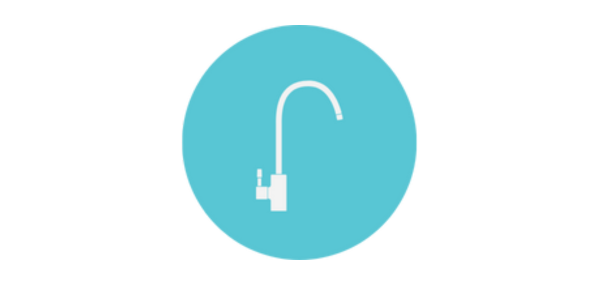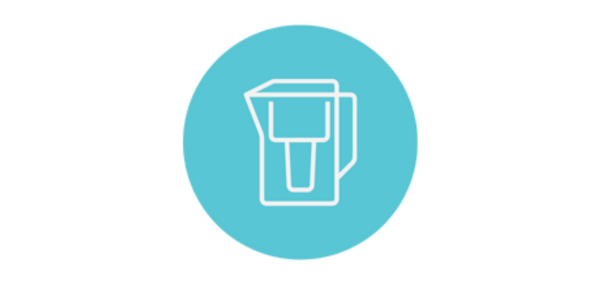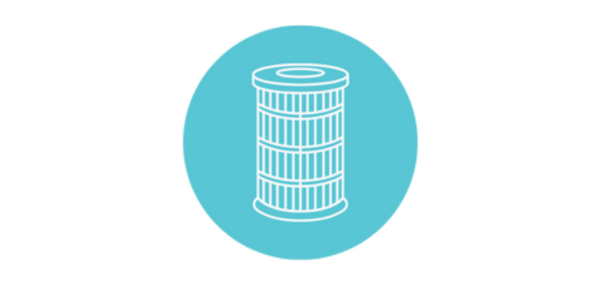

Mineral content of source water in NZ and its affect on ionization
Different water ionizers offer different power consumption and strength, as well as different sizes of electrolytic plates, and also they may differ with regards how many plates it has. As a result different water ionizers offer different strength of ionisation.
Besides that, the ionisation is significantly influenced by the mineral content of the source water, particularly dramatically obvious when it lacks minerals.
There are 2 qualities of ionized water which get influenced by lack of minerals:
ph and ORP:
An alkaline pH of up to pH9.5 is mostly realistic to achieve even with average source water, and with some compromised mineral content. pH 10 is becoming more borderline, and beyond is more difficult. That is when stronger machines can make more happen in a compromised environment.
It shows it even more with the level of antioxidant content = ORP. This is very much depending on the mineral content of your source water. For example rainwater stored in a concrete tank, or soft water would not be able to achieve good ORP levels, maybe only -250mV as oppose to -370 to -400mV with strong mineral content. (set at level 4 of a KYK or EOS ionizer = pH10).
However if there are no minerals in the water, like with reverse osmosis or rainwater stored in plastic tanks, then ionisation cannot occur. In those situations the source water needs to be re-minrealised. Ionza offers re-mineralisers for this purpose, which contains alkalising minerals such as dolomite ..... calcium and magnesium a.o.
To give you some idea of different water supplies in the country and how well they ionise please see the list below. We will try to update those lists in the future. Please be mindful that the composition of water can change every day in particular with public water supplies, as the council constantly introduces different substances to treat the water. So what is in the water, and how might it influence the ionization?
An example about Auckland tap water will give us some idea what we are talking about regarding general NZ water treatment practices:
Auckland's water (like water throughout New Zealand) is a combination of water from dams and water from underground springs. Depending on the source of the water, it has different contaminants: metallic ions, organic compounds and biological materials. To make this water safe to drink, most of these have to be removed. Fluoride is also commonly added to the water during the treatment process as fluoride strengthens teeth. Thus water treatment usually involves aeration and settling followed by a variety of chemical treatments as follows:
- Step 1 - Coagulation. Alum (Al2(SO4)3.18H2O) is added to the water to cause any small particles suspended in the water to clump together and settle out.
- Step 2 - Flocculation. Polyelectrolytes are added to create even heavier particles that will settle more readily.
- Step 3 - Sedimentation. The floc (heavier particles) is settled out in clarifiers shaped like inverted pyramids.
- Step 4 - Filtration. The water percolates down through sand to remove any solid material remaining. The water now meets the relevant standards for turbidity.
- Step 5 - Final water treatment. The water is disinfected with sodium hypochlorite to destroy organic and nitrogenous matter, to precipitate out iron and manganese and to destroy bacteria and viruses. Lime is added to bring the pH up towards 8.0 (so that the water won't corrode pipes) and fluoride is added to reduce tooth decay in those who drink the water.
Some water sources are already rich in minerals some are not.
Soft water / hard water?
As a generalisation, soft water is deficient of minerals whereas hard water is more rich in minerals.
Hardness of water:
- 0-70ppm Very soft
- 70-140ppm Soft
- 140-210ppm Slightly hard
- 210-320ppm Moderately hard
- 320-530ppm Hard
- > 530ppm Very hard
- 1ppm =1mg/liter of water or g/m3
Although hard water might appear to be more favoured for water ionization, we find with particularly hard water major challenges, as it can plaque the ionization plates quickly and therefore inhibit ionization. The answer lies in the middle .........
Here we will give you some indication of what your water might be like ........
We are going to rate the ionization capacity on a scale 1 to 10.
10 is excellent to ionize. 1 is poor.
North Island:
- Paihia 5-8
- Kaikohe 5-7
- Whangarei 5-7
- Auckland City 5-8
- Auckland - North shore 4-6
- Auckland - Waitaker 3-5
- Tauranga 5-8
- Gisborne 5-8
- Hamilton 5-8
- Rotorua 5-8
- Wellington 3-6
- Petone 2-4
South Island
- Blenheim 4-6
- Nelson 4-7 ! (some known issues with lime scale)
- Christchurch 2-4
- Timaru 2-5
Overall
- Rain water stored in plastic tank 0-1
- Rain water stored in concrete tank 2-5
- Reverse osmosis water 0
- Aquifers commonly/often provide soft water 0-4














